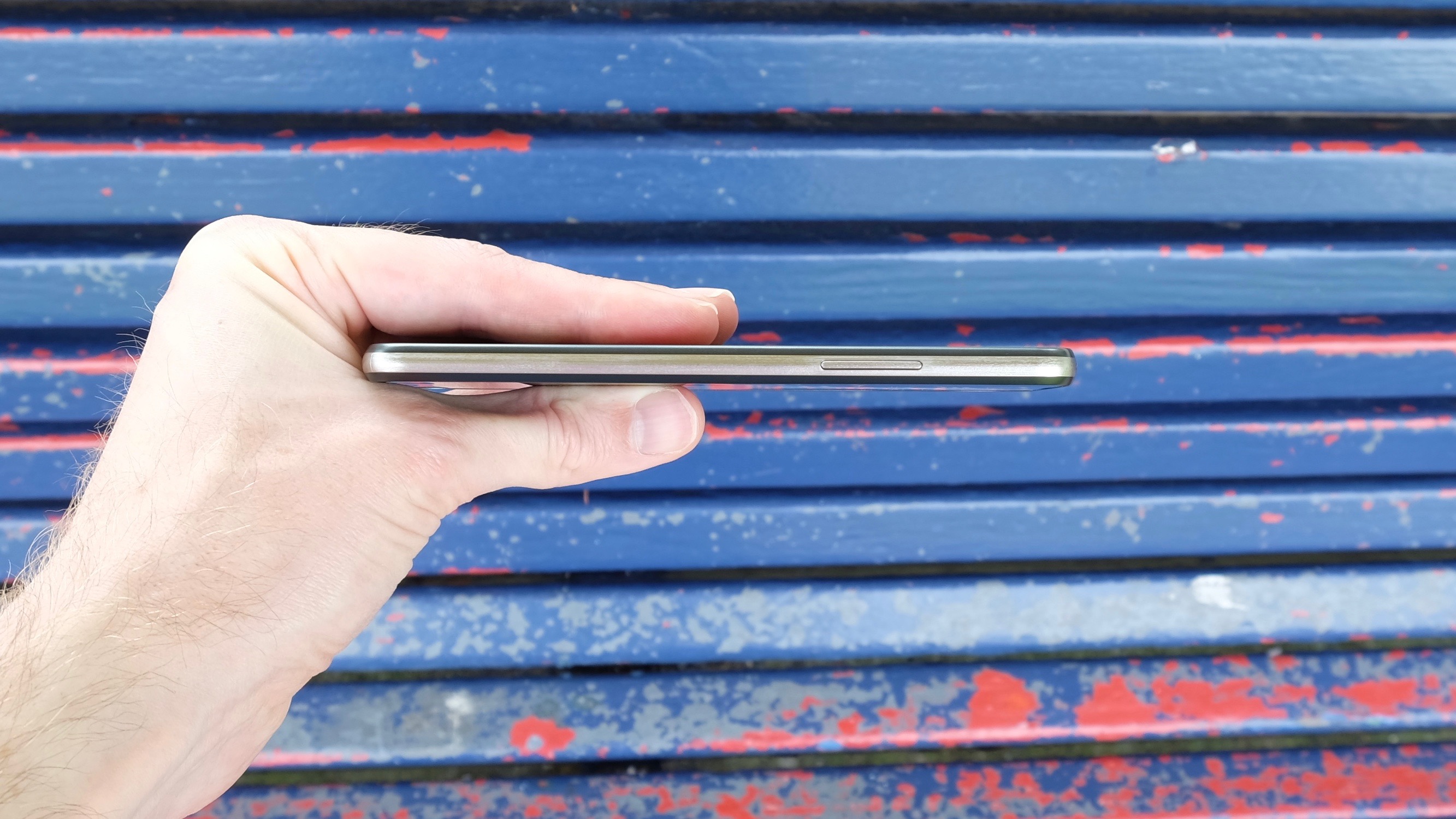TechRadar Verdict
This reasonably-priced Android smartphone feels great in the hand and performs well, but its unusual secondary screen and front-facing camera aren't the killer features they're cracked up to be.
Pros
- +
Solid build quality
- +
Slick performance
- +
Second screen makes it stand out
Cons
- -
Second screen bit of a gimmick
- -
Poor front camera
- -
Fake-metal is unnecessary
Why you can trust TechRadar
With a name like LG X Screen, you might expect LG's latest to have a huge or super-sharp display. It has neither. In fact, it's a lot more interesting than that.
This is a mid-range, modestly sized Android smartphone with a decidedly outlandish component: a secondary 'ticker' screen positioned immediately above the main one. If that sounds familiar, you're right, as this setup first debuted on LG V10 and LG V20 in the US.
Otherwise, it's a quietly accomplished phone that will give you a polished Android experience for a reasonable price of around £200, US$360 (roughly AU$485).
Of course, the brand new Moto G4 has better specs for even less money, so LG's stand-out features will need to make a telling contribution.

The LG X Screen arrives at a time when mid-range Android phones are starting to boast singular high-end components on their spec sheets. Sony has launched a whole range dedicated to this concept in the Sony Xperia X family.
LG has followed suit, with the LG X Screen accompanied by the LG X Cam, which specializes in - you guessed it - the rear camera department.
However, the LG X Screen's headline component is far from the best thing about this phone, which is a bit of a concern.
Sign up for breaking news, reviews, opinion, top tech deals, and more.
Design
It looks rather like LG has taken a few design pointers from its great local rival, Samsung, in the look of the LG X Screen. The rear of the handset, in particular, looks quite a lot like the Samsung Galaxy S7 - or rather, given the timing of the X Screen's announcement, the Samsung Galaxy S6.
It's in the phone's all-glass back, which lends a familiar sense of precarious class, and in the shape and positioning of its rear camera.

Flicking the phone over to its side, you'll notice that it's quite thin - just 7.1mm to be precise. But you'll also notice the telltale sign that this is not a premium device in the dreaded faux-metal plastic edging.
The LG X Screen's rounded edges are a curious blend of ugly brushed aluminum-effect plastic sandwiched between two thinner sections of plain black plastic, though it's actually all a single piece.
I wish LG had just made it all black, as it would at least have had a stealthy, unassuming look to it.

Still, this is a largely pleasant phone to hold, thanks to those glass surfaces and rounded edges. It's also quite light at 120g.
Another reason the phone sits so nicely in the hand is because it's a rare sub–5-incher. LG has eschewed the modern trend for larger 5.X-inch screens in favour of a more modest 4.93-inch example.
Single-handed usage is far from an impossibility with the LG X Screen, especially if you have relatively large mitts.

This smaller size also means that the display's 720p resolution doesn't make the negative impression you might have expected. Yes, a 1080p display would have been preferable, but everything looks just about crisp enough at this size.
When you consider that most high-end compact phones, such as the Sony Xperia Z5 Compact and the iPhone 7, have a similar resolution, there really isn't anything to criticize here. It's not like this phone is compatible with the new Google Daydream View VR headset and needs extra pixels close up.
The picture from this IPS LCD is well balanced and clear, though the colors do appear slightly washed out. I must say that it's not particularly bright even when cranked right up to max, either.
- Thanks to e2save for suppling us with the LG X Screen to review

Jon is a freelance journalist who has been covering tech since the dawn of the smartphone era. Besides TechRadar, his words and pictures have appeared in The Telegraph, ShortList, Tech Advisor, Trusted Reviews, Expert Reviews, and more. He largely covers consumer technology, with a particular focus on smartphones and tablets. However, he's also been known to dabble in the worlds of entertainment and video games.
